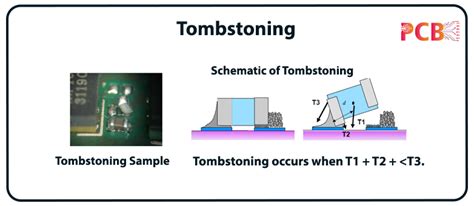
RF and microwave: Design challenges in PCBs
Understanding High-Frequency Effects Transmission Line Effects At RF and microwave frequencies, PCB traces no longer behave as simple electrical connections but rather as transmission lines.[…]
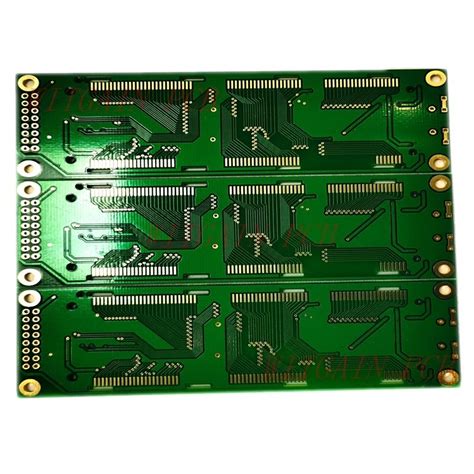
Column Microwave PCB Bonding Methods—What Designers Need to Know
Introduction to PCB Bonding PCB bonding is a critical process in the manufacturing of printed circuit boards (PCBs), especially for high-frequency applications such as microwave[…]
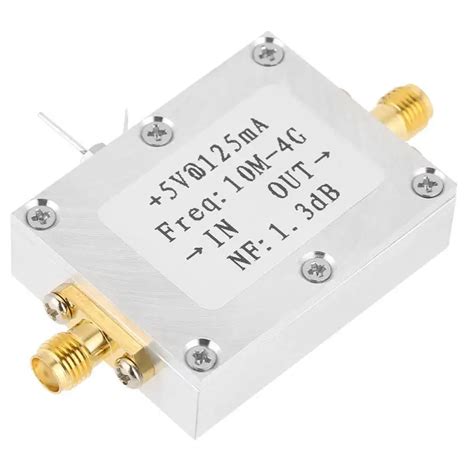
Wideband RF Launches: More than Footprints on a PCB
Introduction to Wideband RF Wideband radio frequency (RF) technology has become increasingly important in modern electronic systems, enabling high-speed wireless communications, radar, and sensing applications.[…]
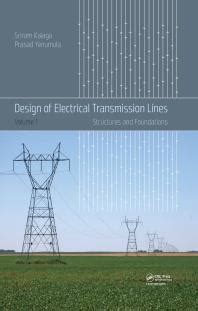
Microstrip, Stripline,CPW,and SIW Design
Introduction to Transmission Line Design Transmission lines are essential components in high-frequency electronic circuits, enabling the efficient transmission of electromagnetic waves. Various types of transmission[…]

PCB Transmission Line: An Interconnection Between Transmitters and Receivers in a PCB
Introduction to PCB Interconnections Printed Circuit Boards (PCBs) are the backbone of modern electronics, providing a platform for interconnecting various components to create complex circuits.[…]

What are the considerations of RF PCB?
Material Selection for RF PCBs One of the most critical aspects of RF PCB design is the selection of appropriate materials. The substrate material and[…]

PCB Design Considerations for mmWave
Introduction to mmWave and PCB Design Millimeter wave (mmWave) frequencies, spanning from 30 GHz to 300 GHz, have gained significant attention in recent years due[…]
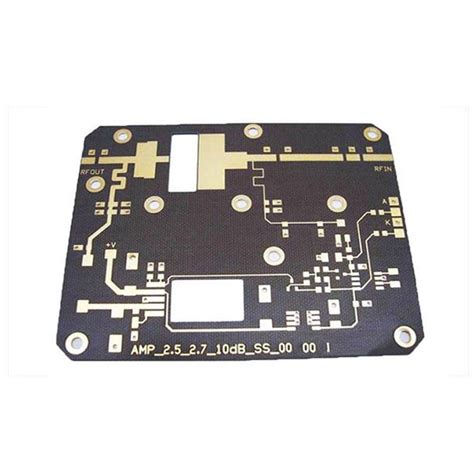
How to Identify a Good Microwave PCB Manufacturer
What is a Microwave PCB? A microwave PCB, or printed circuit board, is a specialized type of PCB designed to work with high-frequency signals in[…]

Essential Tips for Successful Microwave PCB Fabrication
Introduction to Microwave PCB Microwave PCBs, or printed circuit boards designed for high-frequency applications, play a crucial role in modern electronic systems. These specialized PCBs[…]
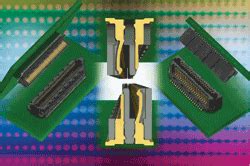
RF / Microwave printed circuit boards for space applications
Introduction to PCB-space Technology In the realm of space exploration and satellite communication, the importance of reliable and high-performance electronic components cannot be overstated. Among[…]